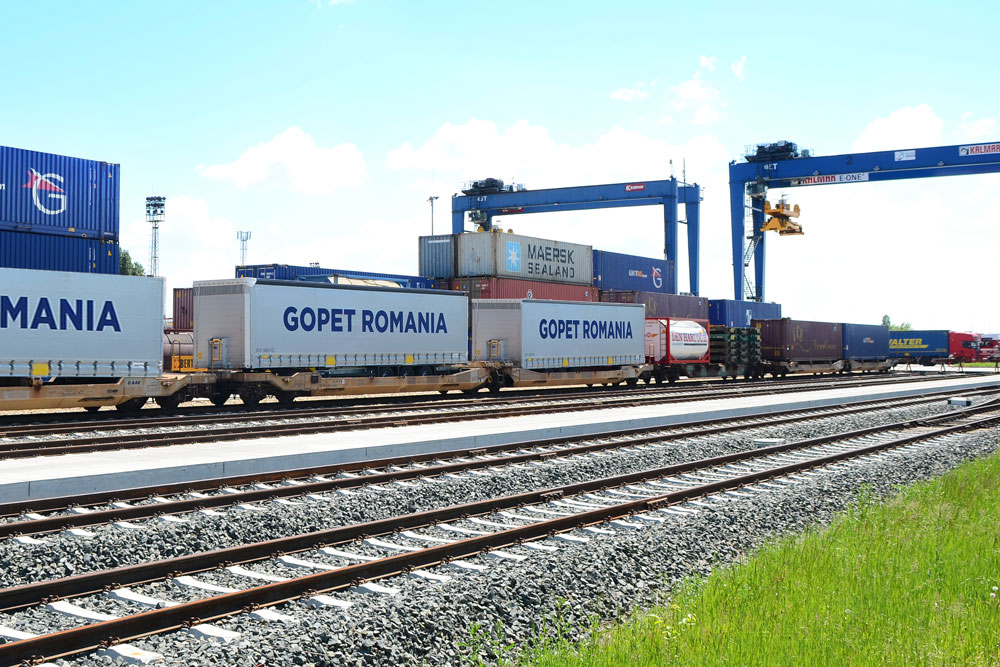In July 2021, the EU announced plans aimed at achieving carbon neutrality by 2050 and raised the bar even higher: reducing emissions by 55% by 2035 from 1990 levels.
Fit for 55 includes decarbonization measures applicable to all industries. However, supply chains are under strain, with the transportation industry emitting millions of tonnes of CO2 each year.
Associations like UIRR, which has also conducted multiple research in this area, see combined freight transport as a useful approach for decarbonizing transportation operations. Is this, however, accurate? In the future years, will we see a shift from road to rail and multimodal transport? In what conditions?
Dan Suciu, Intermodal Manager GOPET Romania did a quick assessment of the situation.
To evaluate the potential year-on-year increase in combined freight transport, we must first examine the current state of this mode of transportation.
- Customers are becoming more receptive to multimodal transportation. However, they are becoming increasingly hesitant as a result of frequent loading/unloading delays caused by freight train unpredictability, a natural consequence of railway construction work, and congestion at various railway or terminal stations. These delays frequently have a cascading effect, affecting train schedules. The planning of trucks at the ends of the line is altered as a direct result, resulting in an imbalance in the truck fleet and implicitly in the capacity available to customers. As a result, intermodal transport companies are obliged to move empty vehicles for several kilometres.
- The EU has committed cash for railway infrastructure, and new construction projects for railway doubling, electrification, reception stations, bridges, and passageways are planned in the next years. Some railway lines require a comprehensive overhaul, which will result in partial or entire line closures on specific segments for periods ranging from a few hours to a few days at various intervals.
- Many European terminals have exhausted their transport unit and slot storage capacity limits. There is a pressing need to expand existing terminals or construct new ones in high-potential locations.
- There is a wagons shortage on the market right now, particularly those that can haul trailers. The same is true for trailers designed for rail transport, with new trailers taking up to a year to arrive after placing an order.
- The impact of the FIT for 55 program on combined transportation will be affected by the mobility package, which will take effect in February 2022. CO2 emissions will rise as a result of no-load movements and increased speed, as well as the requirement to return the truck to the country of origin after eight weeks and the four-day cabotage restriction period: after three cabotage operations in seven days, cabotage operations with the same vehicle may not be carried out in that Member State for four days.
- Furthermore, CO2 emissions from combined transport in Romania are increasing due to a rule that prohibits national transport for a tractor registered in one country and a trailer registered in another.
When all of these issues are considered, it’s difficult to assume that we’ll be able to talk about a major growth in intermodal transportation or even the efficiency of decreasing CO2 emissions through this mode of transportation in the near future.
We hope that in two to three years we will benefit from trains with a higher tonnage, a longer length, and a shorter transit time, as a result of the construction of high-speed lines that support an increased axle weight. It will be then possible to optimize the whole process of intermodal transport.
This material appeared in the Intermodal & Logistics magazine, December 2021 issue.

